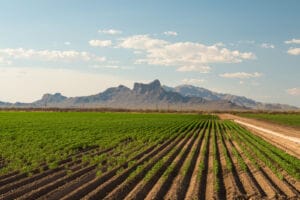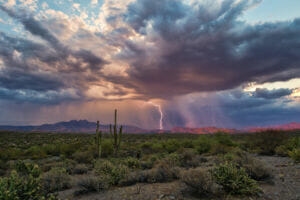To celebrate the Arizona Cardinals winning the NFC West division, and earning a record-breaking 58 touchdowns the Salt River Project is going to plan 5,800 trees in an effort to restor Arizona National Forests destroyed by fire.
In the last three seasons, SRP pledged to fund the planting of 100 Ponderosa Pine trees for every Cardinals’ touchdown scored in the regular season. The funding goes through Trees for Change.
The program is funded by SRP and SRP customers who have pledged an additional $3 or more to their monthly bill – with one tree planted for every dollar that is donated. SRP matches customer dollars up to $160,000. So far, more than 4,000 customers have joined the program.
Since 2009, SRP’s Trees for Change program has supported reforestation projects on Arizona’s National Forests. In six years, the program supported the planting of more than 868,000 native trees in some of the most devastated forests in the country.
As the frequency and occurrence of severe wildfire has risen in the past decades, Arizona’s National Forests have been hit especially hard. The destructive Wallow Fire in 2011 illustrates that these forests are still susceptible to massive wildfires.
Through this innovative partnership with the National Forest Foundation, SRP and its customers are on their way to repairing the damage by planting one million trees.
“The Trees for Change program is a great way for our customers to join SRP in revitalizing the forests and habitats for native wildlife. And thanks to the Cardinals’ winning season, there’s another reason to cheer,” said Lori Singleton, director of Emerging Customer Programs for Solar, Sustainability and Telecom.
Forest land devastated by fire causes erosion and sedimentation that can end up in streams, rivers and reservoirs that supply the drinking water residents depend upon in the Phoenix metro area.
During their lifetime, the trees also remove carbon dioxide from the air, store carbon in plant tissues and produce oxygen, thereby helping to decrease the impacts of global warming.
Newly planted trees also help reestablish important forest habitat that many Arizona wildlife species depend on.



